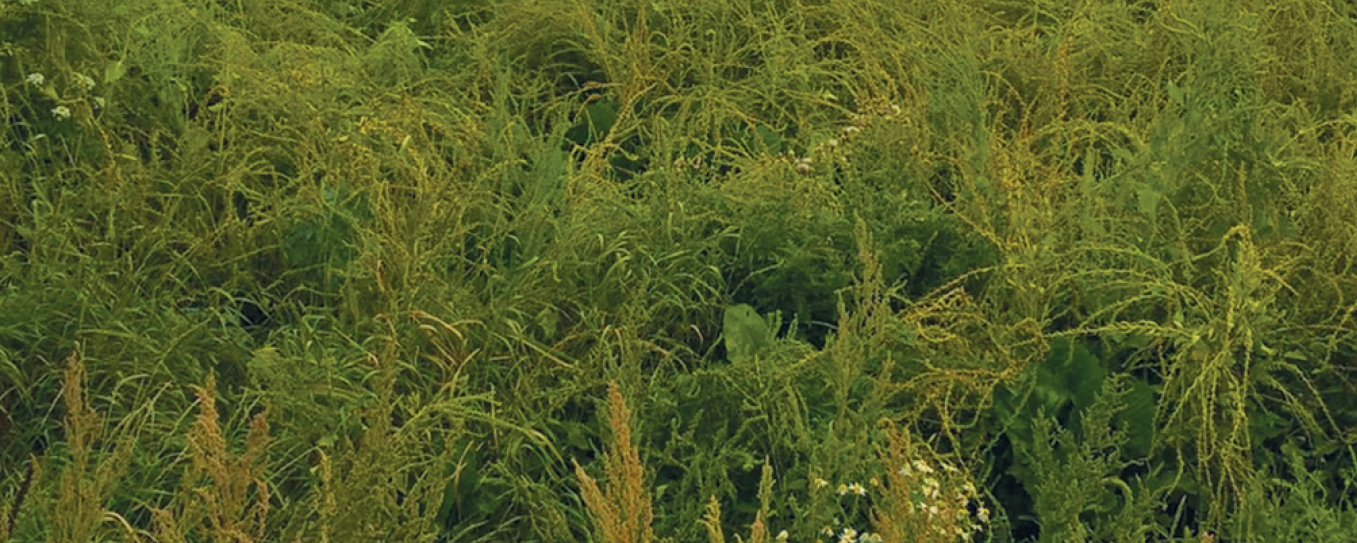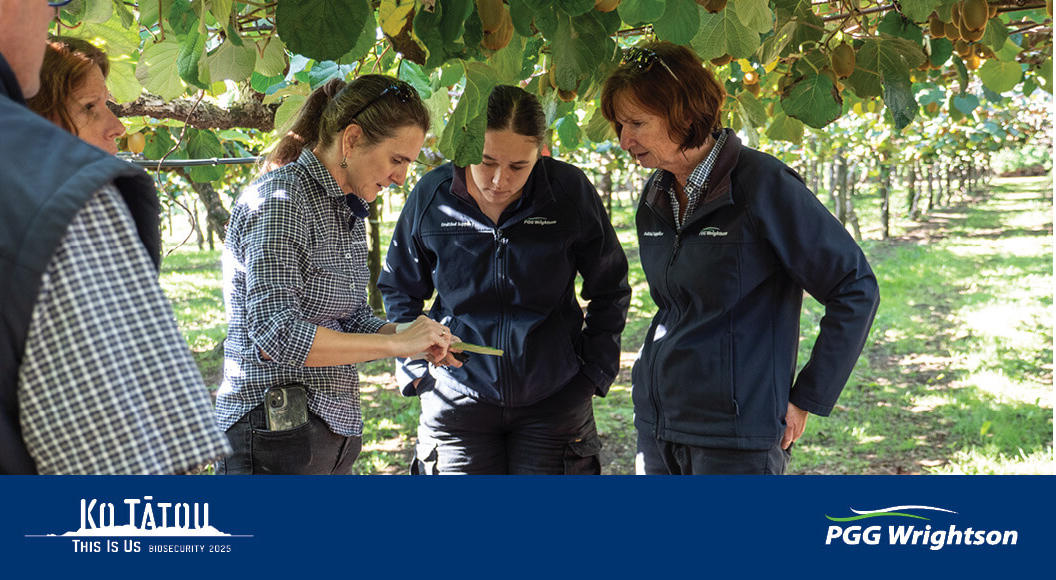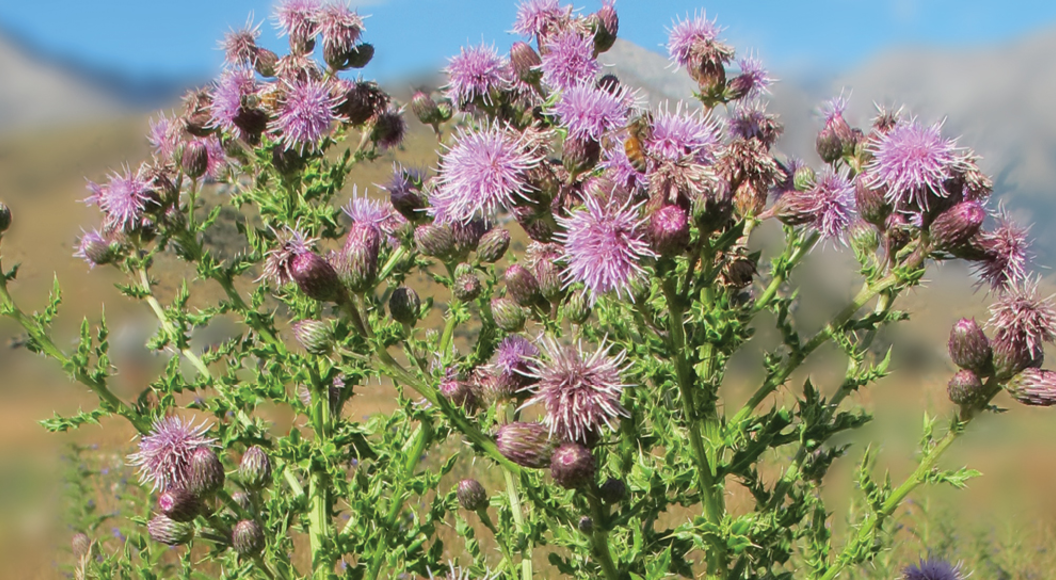
Remove bolters from beet
Fodder beet has found its place on many farms around New Zealand. This is a crop that targets different stock classes and systems and is a great tool for farmers. As an industry, it is in our best interest to ensure the success of future fodder beet crops by removing bolters.
A bolter is when a beet prematurely goes to seed. To keep fodder beet as a sustainable option, effective removal of bolters is required to avoid seed being dropped onto the paddock. Any viable seed dropped by a bolter can germinate in a following season, causing volunteer beet to take hold. In this instance, fodder beet was sown but bolters were left and viable seed formed. The following year beet was sown again. Note the green rows of the crop with the large patches of volunteer beet struck from seed dropped last year. There are currently no herbicide options to control this situation, causing the result of a crop dominated by bolters.
Fodder beet and sugar beet function in the same way as other members of the beet family, when they go to seed they form a large stem which can be up to two metres tall. Bolters prematurely go to seed, shooting up above the crop. On this bolter stem you can see small flower structures that produce pollen to be spread by wind. The pollen spreads to the other flowers pollinating the lower flowers first. This is how you can judge if the bolters you are pulling have produced viable seed.
If you are unsure if your bolters have viable seed you can open up the seed casing, these are brown and obvious on the side of the bolter stem. Open up the seed case and look for a viable seed embryo. If bolters are removed early before viable seed is produced then they can be left in the paddock.
If removal is after viable seed is produced (roughly late January but does depend on sowing date and location) make sure youremove the bolter from the paddock so the seed won’t come up on your farm.Remember, the aim of beet is to produce high quality, low cost feed each year for stock. To ensure you have this as an option in future, take the time to remove the bolters and prevent weed beet establishing in your paddocks.
For more information about fodder beet weed control,contact your local Technical Field Representative.


